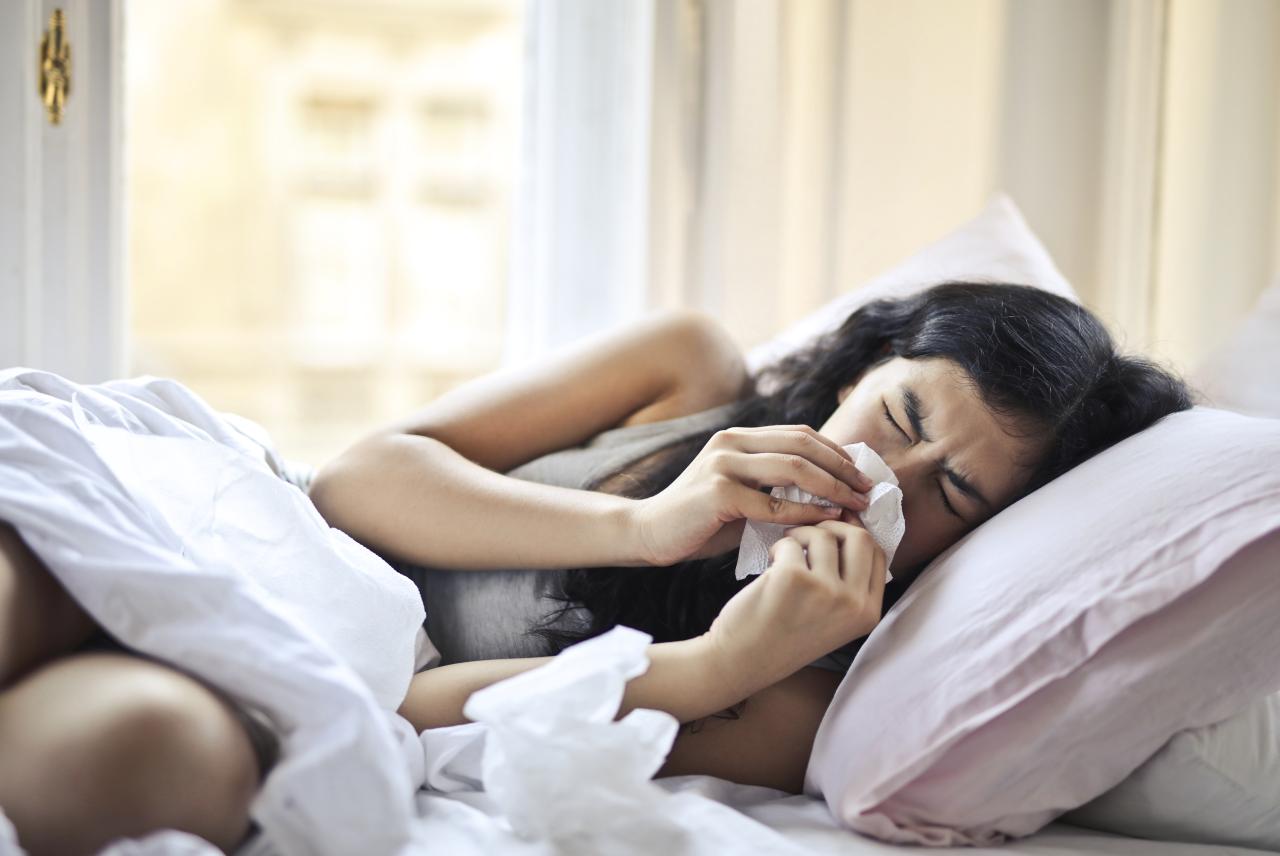Ah, hair! A major preoccupation. When it's curly, we want it straight, when it's straight, we want more volume, and when it's thinning, we'd like it back to the way it was when we were young. And with rare exceptions, the baldness phenomenon seems to be more easily associated with men than with women. But why?
Discover our latest podcast
Thank your genes
If baldness, also known as androgenetic alopecia, seems to affect men disproportionately to women, it's because it's linked to a hormone that men possess far more than women: testosterone. But if testosterone has a role to play, it's not the only reason men lose their hair, as this study explains.
The main culprit is dihydrotestosterone, or DHT as it's known. It's a hormone. Through a chemical reaction, an enzyme called 5-alpha reductase transforms testosterone into DHT. Hair follicles are highly sensitive to DHT. So sensitive, in fact, that hair grows thinner and thinner with each growth cycle, until, relatively quickly, it stops growing. The famous Hipprocrates crown, which has no hormone receptors, is the only area not affected by advanced baldness.
But for this phenomenon to occur, a genetic predisposition is necessary. So, thanks Dad, thanks Mum. Scientists have discovered that it is largely the AR gene on the X chromosome (the mother's) that is responsible for this predisposition.
Read more:Plucking your nose hairs: Here's why you should not be doing it
Other factors to consider
While genetics and hormones have a major role to play, there are also a number of other factors that can help speed up the process. These include lifestyle. Stress, smoking, alcohol and the regular use of aggressive hair care products are all enemies of the scalp and hair.
What about women? Women also produce testosterone, but in reduced quantities. Above all, they have high levels of estrogen and progesterone, two hormones that protect against the effects of testosterone, which is transformed into DHT. Nevertheless, some women may experience hair loss around the time of menopause, when estrogen and progesterone diminish. But this loss is more diffuse and much more moderate than in men.
Androgen insensitive scalp hair (not affected by male pattern hair loss) vs. Androgen sensitive scalp hair (affected)
— Guill (@guillcat24) September 25, 2023
First noticeable sign: receding hair line in a M shaped pattern (see photos of Vegeta 😭) pic.twitter.com/sBQpS6ONQh
Read more:The five things that you should stop believing when it comes to cellulite
This article has been translated from Gentside FR.
Sources used:
National Library of Medicine: Male Androgenetic Alopecia















